If someone tells you “Life is Beautiful,” does that mean anything to you? Obviously: it’s the best-selling perfume in the world. In 2017, a bottle was sold every 5 seconds! And if you think that Julia Roberts' smile is the only reason for her success, you might have forgotten the other main actress in this perfume's commercial... the Eiffel Tower.

Because yes, when it comes to perfumes, France sells! We can no longer count the fragrances whose names, looks or advertisements refer to our dear country: Mon Paris at YSL, la marinière du Mâle by Jean-Paul Gaultier, Champs-Elysées by Guerlain... and of course, Bastille here present . We plead guilty!
But actually, where does perfume come from?
Before French perfumery became the child of the country, perfume had time to come a long way. It has crossed several centuries, and many borders!
Let's start at the beginning: the origin of perfume dates back to ancient times. First used to give thanks to the gods and for its therapeutic virtues by the Egyptians, Greeks and Romans, perfume was therefore above all sacred . Moreover, if you have ever wondered where the expression “to be in the odor of holiness” comes from, it is quite simply because perfume is in most religions a symbol of the purity of the soul.
Except that in a few centuries, perfume has also become an object of hygiene, seduction and elegance! Originally oriental, its use gradually spread in Europe at the time of the Crusades - the knights brought back rose water in particular, which Europeans were fond of - while trading posts multiplied between the Europe and the Middle East. In short, perfume traveled and permanently settled in Europe in the 12th century.
Let's be honest: if we say Middle Ages, we bet you don't immediately think of the most refined scents. Because at that time, if we washed less and less (yes, yes) we compensated by impregnating our clothes and apartments with perfume. Perfume thus becomes a product used for its medicinal virtues - a bit like today, holistic rituals or essential oils are in the spotlight. Materials with mysterious names are burned: storax, benzoin, Rhodes wood, cyperus... This use strengthened at the end of the Middle Ages, at a time when plague and diseases were terrifying populations, and when Water is suspected of opening pores to disease. It is therefore no longer a question of washing but of smelling good, to ensure that you are not sick. Doctors therefore advised wearing perfume rather than cleansing with water, so much so that during the Renaissance smell ended up being considered "the soul of medicine". In short, a contemporary Sephora would have made an excellent pharmacy at the time...
The origin of perfume made in France
Today largely assimilated to France, the influence of the art of French perfumery owes its origins to an Italian perfumer: Renato Bianco , commonly called René the Florentine (it is therefore the complete opposite of football, invented in the Middle -Age by the French and now conquered by our transalpine neighbors We can't have everything).
It was in 1533 , with the arrival of Catherine de Medici and her great Italian master perfumer at the court of Paris, that perfume became popular with the French aristocracy.
Quickly, Renato Bianco's fame allowed him to open his perfume (and poisons!) boutique in the capital, bringing in his wake the arrival of numerous Italian perfumers.

At the same time, in the South of France, the town of Grasse shined and became famous for its perfumes , with a rather surprising history.
Originally, the city was known for its tanneries. Only problem: leatherwork gives off a nauseating odor, similar to that of urine, which bothers the local nobles. This is how the use of fragrant plants was developed in the 18th century to cover these emanations, and the profession of perfumer developed. Grasse then became famous for the cultivation of perfume plants and the production of fragrant essences. It owes its fame to the unique know-how of local perfumers .
This growth of French perfumery strengthened during the reign of Louis XV. At a time when France still smelled mainly of dung, courtiers competed with perfumed scents to signal their presence to the king. The court of Versailles is nicknamed "the perfumed court", and we don't skimp on quantity: from the feet to the wig, including gloves and handkerchiefs, everything goes there! Queen Marie-Antoinette, in love with perfumes, launched the fashion for floral fragrances and made their use essential. At the time, perfumes were much less gendered : marketing had not yet dominated the market, men perfumed themselves with rose and violet, without anyone seeing a problem!
The intoxication around fragrances marks a major turning point in the 19th century. New extraction and manufacturing techniques were put in place, new master perfumers appeared in Paris and we witnessed the opening of numerous specialized Parisian boutiques, foreshadowing the niche perfumeries of today . French perfumery shines throughout the world and becomes a symbol of elegance, wealth and refinement.
Why is French perfume the best?
If France is today considered the world reference for a beauty product that it did not even invent, it is quite simply because it has established itself with its unique know-how, its masters talented perfumers and its territories full of wonderful raw materials.

It was from the 19th century that we observed a significant turning point in the history of French perfumery. This era saw the emergence of the beginning of modern perfumery with the hygienist period led by Baron Haussmann: the cleaning and tidying of urban space allowed Paris to breathe again. As a bonus, this promotes the marketing of the perfume!
Among the perfume stars of the time, we find Jean-Marie Farina, official supplier and creator of Napoleon Bonaparte's first Eau de Cologne, Pierre François Pascal Guerlain (complicated, we grant you), the founder of the house Guerlain, but also many others like Bourgeois and Molinard, which are still perfume brands today... The list is long!
The arrival of these numerous talents can be explained in particular by a swarm of innovations : from the invention of the vaporizer to the appearance of new natural extraction techniques (while more and more plants are cultivated in the southern sun of France), through the development of synthetic raw materials which contribute considerably to broadening the field of possibilities. At the same time, perfume becomes myth in French literature: Proust and his famous madeleine anchor the mysterious and emotional force of perfume in our collective imagination; Baudelaire celebrates it in Les Fleurs du Mal...
In the 20th century, French schools of perfumery were established and became famous for the talents they fostered. The Givaudan school, created in 1946 by Jean Carles, the International Higher Institute of Perfume, Cosmetics and Food Flavoring (ISIPCA) created in 1970 by Jean-Jacques Guerlain and much more recently the Higher School of Perfume ( ESP) are seeing the emergence of the world's greatest perfumers : Jean-Claude Ellena (Hermès), Thierry Wasseur (Guerlain), Jacques Polge (Chanel), Mathilde Laurent (Cartier), Francis Kurkdjian (Jean-Paul Gaultier) and Anne Flipo, who designed the Pleine Lune de Bastille perfume .
If in the 21st century France still remains the undisputed homeland of perfumery, it is thanks to its artistic and technical wealth : its talented perfumers, its cultivation of perfume plants in Provence, Grasse and its raw material distillation factories. , and of course Paris, capital of elegance.
How do I know if my perfume is made in France
Now that you are familiar with the history of French perfume, focus on the tips to adopt to no longer make a mistake and obtain real made in France. Beware of blue washing!
First of all, be aware that marking the origin of a product is not obligatory in Europe (except for food and agricultural products, which are subject to stricter rules). However, it is up to the manufacturer to decide whether or not to affix the words "made in France", "produced in France", "of French origin"...
Be wary all the same, because if this mention exists, it does not guarantee that your product is truly French . In fact, it does not ensure that 100% of the product manufacturing steps were carried out in France, but that at least a "significant part" of it was carried out in France. Thus, a perfume brand can claim to be French and therefore affix the words "made in France" after having simply manufactured, for example, its cardboard case in France, even if all the rest of the components come from China. . This is the rule of “ non-preferential origin ”.
So to better guide you, find out more on the brands' websites : the more they tell you about their manufacturing process, the better. Labels can also give you an additional clue about the origin of products (for example, the Origine France Garantie label, round in shape on a tricolor band). The latter promote the origin of the product and are above all subject to strict specifications, and their attribution is verified by an independent third party organization.
So, we recap :
- A product may include the words " made in France " without having been exclusively produced in France.
- The presence of a French flag, a blue, white, red hexagon or any French symbol does not guarantee that the product was manufactured in France. Don't confuse them with labels!
- Ask the manufacturers, look for the information yourself: if the brand shares its production process with you in complete transparency, that's even better.
The example of contemporary French perfumery: Bastille
We are all increasingly sensitive to the traceability, transparency and environmental commitment of the products we purchase. And for this, made in France is essential : in perfume, it is a guarantee of quality and a reduced environmental footprint. This is actually our philosophy at Bastille, and that’s why we chose such a French name!
Bastille is another way to wear perfume: original perfumes, 95% natural ingredients, total transparency (zero hidden ingredients, while the general rule is absolute secrecy), and responsible, artisanal manufacturing. We are made in France and you will read in Bastille like an open book! Here is precisely how our production works:
- Our raw materials are not all made in France : although we use magnificent French ingredients in our perfumes, it is impossible for us to grow Damascus rose, Madagascar vanilla, Haitian vetiver, etc. in France. On the other hand, all of our Perfume concentrates are produced in Grasse. The raw materials are distilled and assembled there to create our perfumes.
- The bottles : after having explored the French market without finding what we were looking for, we chose to source our supplies from an Italian glassmaker renowned for its quality and which allowed us to have a very light bottle, to minimize the impact environmental of its manufacture. A minimalist and lightweight bottle = less glass to recycle!
- The decor : our bottles are screen-printed by a craftsman from Val-de-Marne.
- Filling : our perfumes are put into bottles in Chartres.
- Our packaging : made from recycled cardboard, they are all made in a Parisian workshop.
If you are looking for confidential, transparent perfumes whose aspirations are the promotion of French know-how and the search for excellent raw materials, you are in the right place. All you have to do is find your favorite:
-----------
Photos: Unknown | Nick Prideaux
Source: Fashion network , economie.gouv.fr








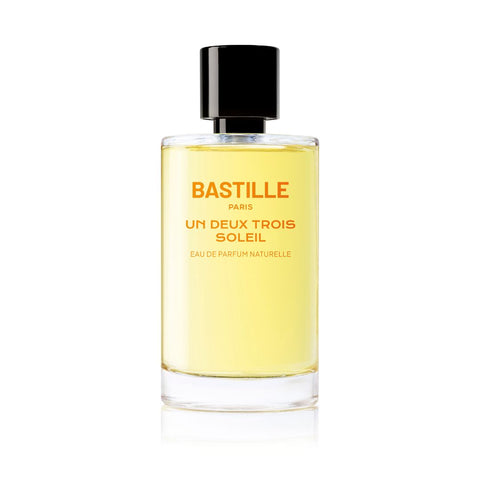



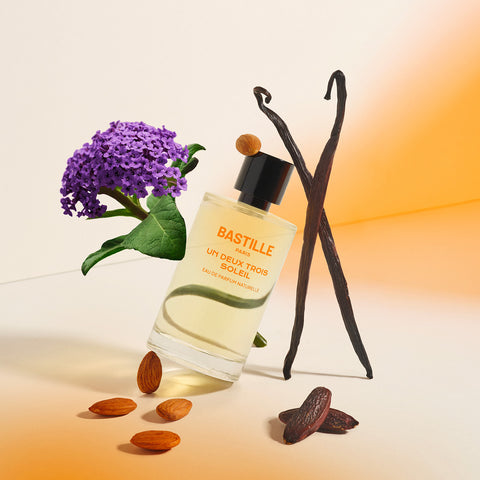
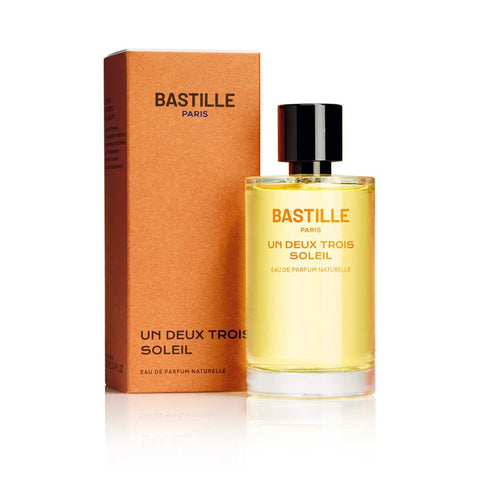
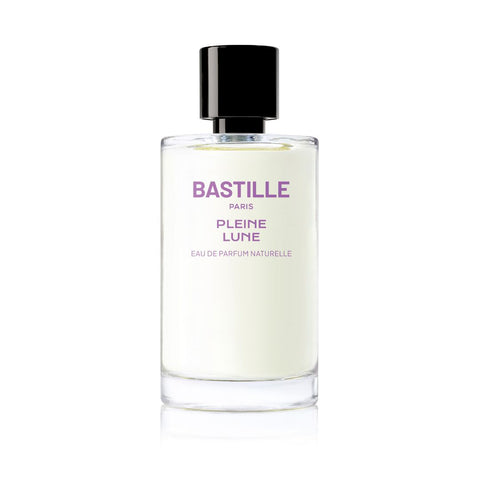
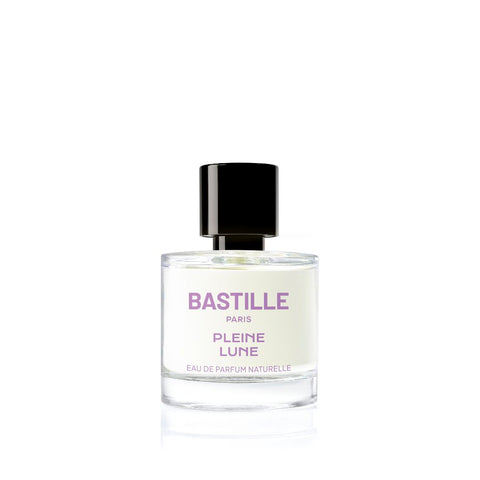
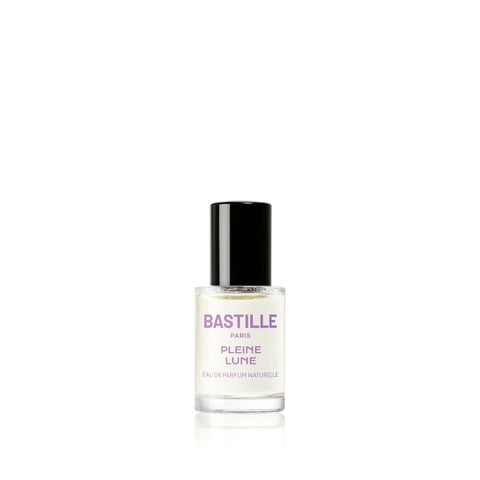
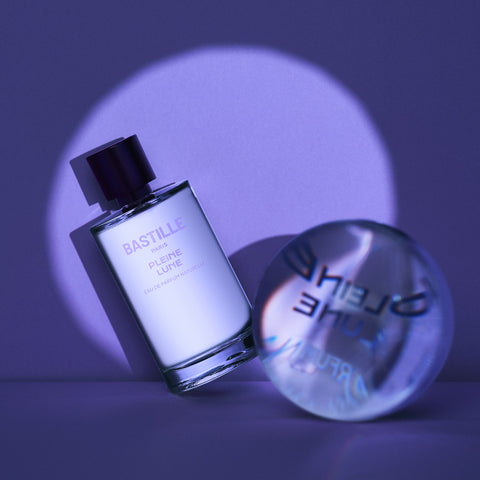
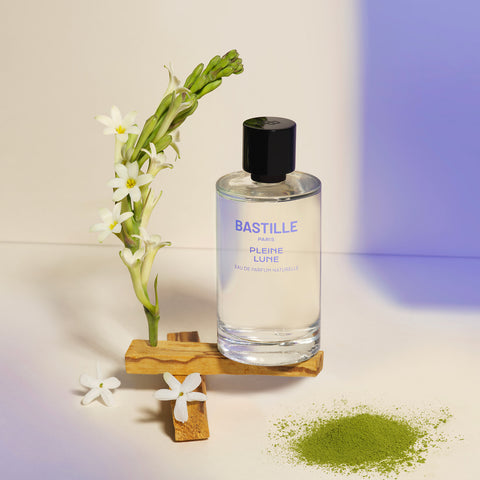
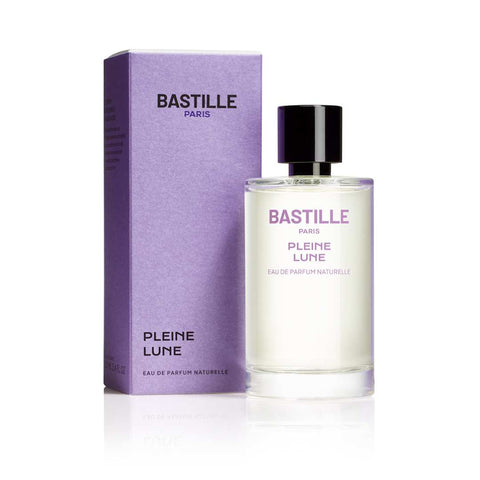

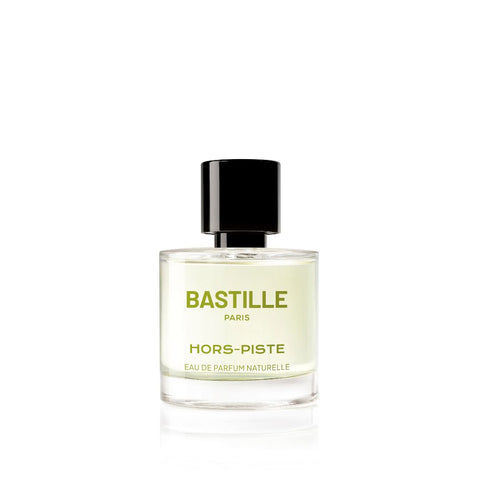

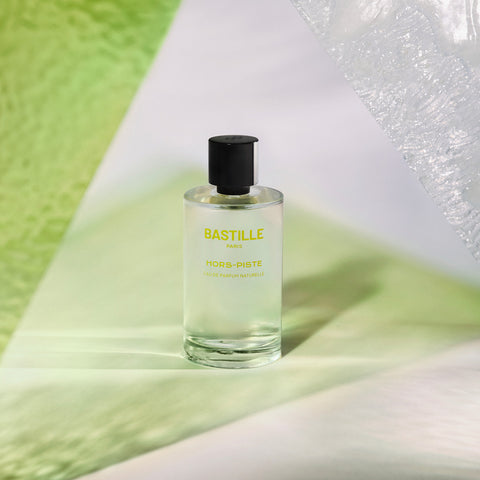

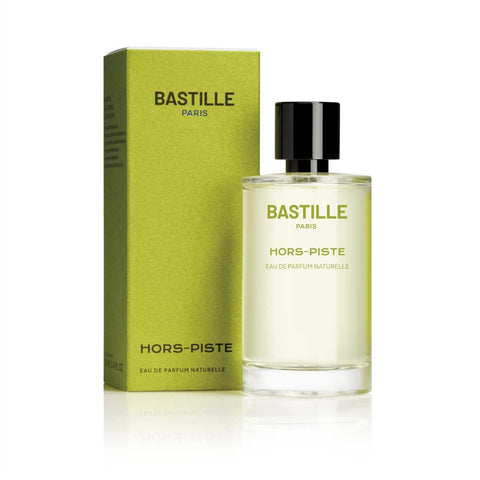

Comments (0)
There are no comments for this article. Be the first one to leave a message!